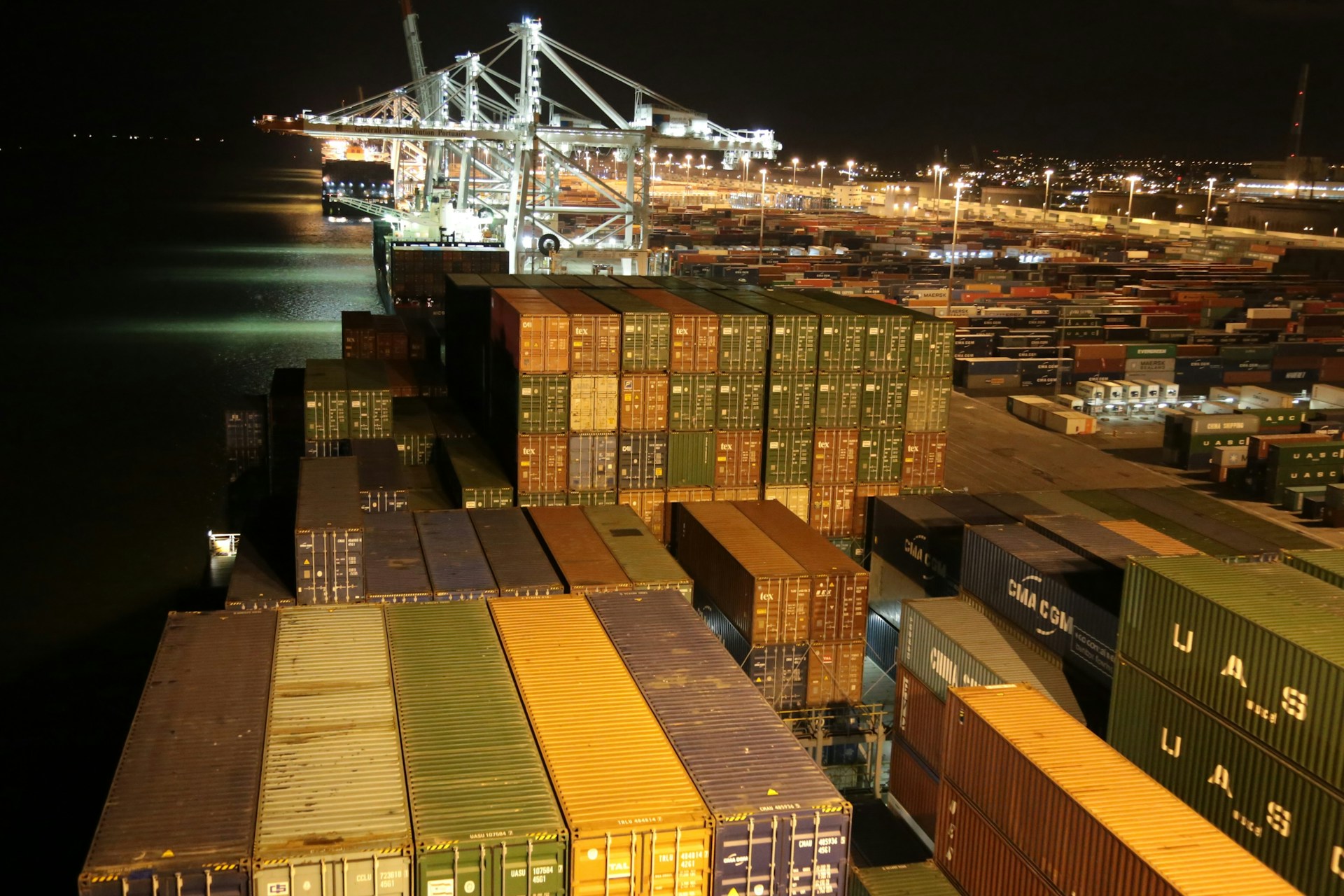Cities and the Importance of Sustainability: The Unlikely Heroes
The bulk of the global population currently lives in urban areas. North America is the most urbanized with over 80 percent living in urban areas, while Africa has the highest proportion of rural dwellers – at over 50 percent. By 2050, it is expected that as much as 68 percent of the global population will live in urban areas and the majority of this increase will happen in Africa and Asia. Cities and towns, as a result, will have to brace for higher population densities and sustainable growth in these urban areas must be prioritized.
Cities are like organic beings – they have various innate cycles and patterns. Much like living organisms, they have ‘immune systems’ of their own and in cities of emerging economies, this immune system is invariably pushed to its breaking point. Vehicular and industrial emissions have led to alarming air quality indices, shrinking green covers have made way for residential and commercial spaces and untreated waste is often simply overlooked.
Why Sustainability?
In 2006, the UAE earned the dubious distinction of having the largest per capita ecological footprint – after all it is not hard to imagine all those air-conditioners working overtime. The authorities acknowledged the situation and enacted radical measures. Driverless metro trains were introduced to reduce traffic congestion, housing projects that recycle water and waste and produce more energy than they consume were accorded priority and further out in the desert, a giant solar plant was commissioned that will produce some of the cleanest and cheapest electricity on the planet. Dubai, in particular, targets having the smallest carbon footprint by 2050 with as much as 75 percent of its energy requirements being derived from renewable sources.
Sustainability projects in emerging cities require investments in renewable energy sources, economic use of water and electricity, retrofitting of buildings to increase more ‘green’ spaces, fast, reliable and affordable public transport systems and most importantly, instituting waste collection and recycling systems.
An Unlikely Trend Setter
Best known for the locales where popular Netflix series Narcos was filmed, Colombia will perhaps not feature on top of one’s travel wish list. Just over two decades ago, Bogota, its capital city, was termed as the ‘murder capital of the world’. At its height, armed violence was reported every six minutes on average. Following 2005, the city underwent a metamorphosis. Peace agreements were brokered and today, Bogota is a beautiful city located at the foothills of the Andes, and it has emerged as a trend setter.
The Colombia Green Building Council wants the city to be as compact as possible while also making it adaptive to climate change. Buildings like the Elementos are an example of what can be accomplished using recycled materials, solar panels, a green roof and low-emitting materials, among others. Certified in 2017, this project allowed for 67 percent savings in water and a 48 percent reduction in total energy consumption. Furthermore, it is 100 percent naturally ventilated. The country’s Leadership in Energy and Environmental Design is an internationally recognized green building certification system. It provides third-party verification to a building or community that is designed and built using strategies aimed at improving performance across metrics such as energy savings, water efficiency and CO2 emissions reduction. Further yardsticks are improved indoor environmental quality, responsible resource consumption and sensitivity to their impact.

Today, Bogota is recognized internationally for its transit oriented development strategy—from the TransMilenio buses to its renowned bicycle program, the Ciclovia. The latter is the largest street cycling initiative worldwide. Furthermore, vehicle owners follow a system governed by their license plates, which specifies what days they are permitted to drive their vehicles on public roads. India’s capital, Delhi too had taken a cue on the license plate initiative but this eventually fizzled out.
Aiming for Higher Ideals
There is, without doubt, growing awareness around sustainability and why it must be considered an area of high priority. With increasing urbanization, water is going become a scarce commodity and already there are cities that are faced with fast depleting water tables. The South African cities of Johannesburg and Cape Town experienced severe shortages and it is forecast that such problems might become more commonplace should preventive measures not be incorporated.
Car ownership in emerging economies is associated with aspiration and status but with increasing urbanization, this mindset may seem archaic in the not too distant future. Robust multimodal public transit systems must be initiated and their usage, encouraged. In addition, this must be accompanied by renovation and renewal of open spaces, and public services such as sanitation, water and waste management must be considered city planning ideals. Emerging economy citizens have to take ownership for their actions for otherwise, the damage will become too severe to be undone. Noted explorer and environmentalist, Robert Swan, put it succinctly when he stated ‘the greatest threat to our planet is the belief that someone else will save it.’




